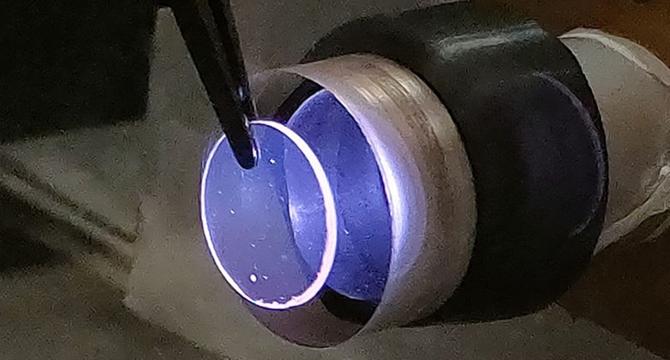Livescience
3w
262

Image Credit: Livescience
Quantum-inspired storage can store 100s of terabytes of data on a tiny crystal — with plans to make them into much larger discs
- Scientists have developed a method to store data in individual atoms within tiny crystals, potentially leading to ultra-high density storage capable of holding petabytes of data on a single disc.
- Inspired by quantum techniques, the technology involves trapping electrons to represent 1s and lack of trapped electrons for 0s.
- Defects in crystals, like oxygen vacancies, are essential for this data storage method, allowing electrons to be captured and released to read data.
- By using rare earth ions as dopants, researchers can excite electrons and trap them within defects in the crystal, akin to creating pits on a CD.
- Data reading involves releasing trapped electrons through light sources to emit light, while using lower light levels can prevent complete data erasure.
- The technology is scalable and cost-effective, with potential for low-cost, high-density storage solutions in the future for various applications.
- Initial experiments suggest storing hundreds of terabytes on a single crystal-based disc, with projected potential to store petabytes by increasing defect density.
- Challenges remain in acquiring rare earth elements and implementing mass manufacturing methods to introduce defects, but optical and crystal production costs are low.
- The crystal could be fabricated as a disc and read by inexpensive readers, opening possibilities for densely storing vast amounts of data.
- The future envisions petabytes of data storage on a single device the size of a disc, potentially revolutionizing data storage systems.
Read Full Article
15 Likes
For uninterrupted reading, download the app